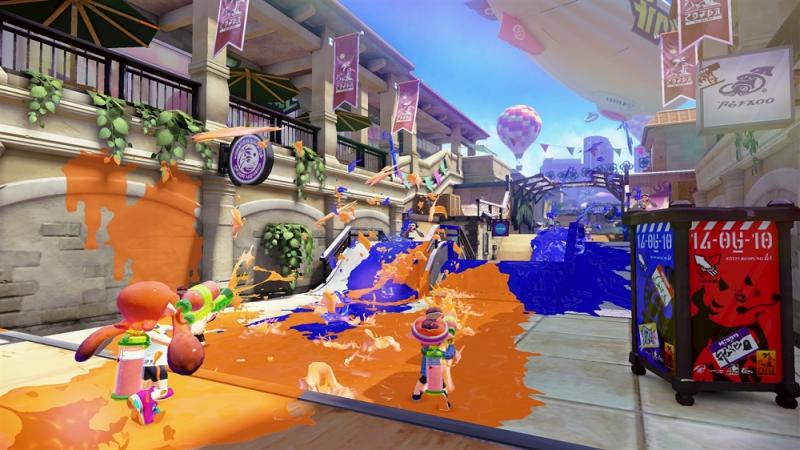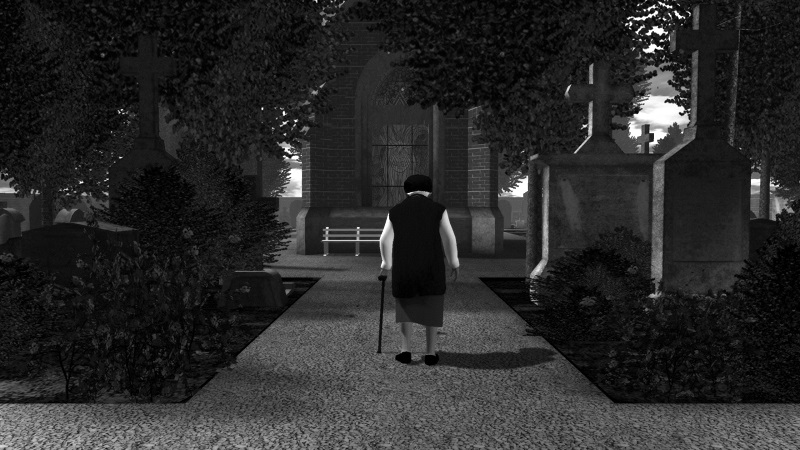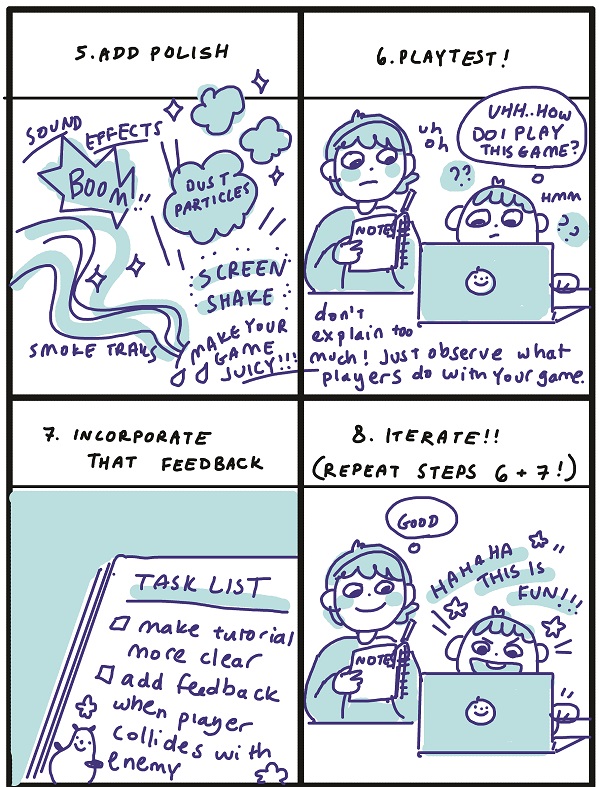Videogames: Design/Play/Disrupt, V&A review - gaming for all | reviews, news & interviews
Videogames: Design/Play/Disrupt, V&A review - gaming for all
Videogames: Design/Play/Disrupt, V&A review - gaming for all
A comprehensive look at gaming present and future has surprisingly broad appeal

Design/Play/Disrupt at the V&A covers a wide variety of games that are spearheading the gaming world at the moment. It takes a closer look at eight of the most innovative and different games that have changed the world of gaming in the last five years.
Some of the games cover topics never really seen before in games. Mafia 3 is set in 1968 USA, and addresses racism as an integral part of the game. You play as a black male, and experience the racial abuse that people would have suffered at that time. The Last of Us is a game about surviving in a dystopian world where humanity has been stricken with a kind of zombie fungus. You play as some of the last members of humanity, watching the heart-wrenching decisions your favourite characters are forced to take.
The exhibition isn’t all about such heavy topics. Nintendo’s Splatoon 2 (Main picture) brings a more upbeat tone, as a game involving playing as a squid humanoid where you have to spray the ground with ink faster than the other player. Though it is effectively just a family friendly version of your classic, death-dealing shoot ‘em up it is quite light-hearted, compared with Bloodborne, a dark and gritty game about murdering huge monsters in gory detail, known for its extreme difficulty and clever monster design as well as its music.
 The exhibition is very varied to say the least. I believe the section on small games, developed by small teams, was handled very well and was important to the overall feel of the exhibition. In The Graveyard (Pictured above), you play as an old lady in a graveyard, and almost painfully slowly, walk up to a bench, sit down and die whereupon the game plays a little song in Swedish (I think) and then ends.
The exhibition is very varied to say the least. I believe the section on small games, developed by small teams, was handled very well and was important to the overall feel of the exhibition. In The Graveyard (Pictured above), you play as an old lady in a graveyard, and almost painfully slowly, walk up to a bench, sit down and die whereupon the game plays a little song in Swedish (I think) and then ends.
One of the exhibition’s most important games is Journey, a game all about human connection. The premise is that you journey through beautifully designed levels with another player, and must assist and aid each other with no communication, only a series of clicks and whistles which the game enables you to perform. It rewards you helping the other player by enabling you to fly for a short while when you are in close contact with them. The developers wanted people to make a connection with other players, and with seven British Academy games awards, some would say that it managed just that.
The exhibition has a section full of people on a screen talking about where they want the videogames industry to go and how they think it should go. Many of them say that games need to be more sensitive to the real world and we must try to make them relevant to life. But personally, I think that many people who play games do it to escape from reality, and to not have to be weighed down by the constraints of everyday life. They leap into a world where they can go around fighting robots and monsters, or manage a little town, or fly around the vast reaches of space and have epic space battles in far-off galaxies.
 The exhibition’s third section is a floor-to-ceiling screen showing short films about gaming culture. One of them concerns Esports, where teams of people play videogames at a professional level, appearing in tournaments for cash prizes and eternal fame within the gaming community. Esports has become a huge success and a commercial triumph, even if many non-gamers may find it hard to understand why such a thing is so interesting. Another film addresses one of the most famous games of all time, Minecraft, which has you placing blocks to build whatever you please. The film shows gamers who upload videos to their Youtube channels, and how this has also become a worldwide phenomenon. The final short film talks about a games called Overwatch, and the huge amount of art its fanbase draws about it.
The exhibition’s third section is a floor-to-ceiling screen showing short films about gaming culture. One of them concerns Esports, where teams of people play videogames at a professional level, appearing in tournaments for cash prizes and eternal fame within the gaming community. Esports has become a huge success and a commercial triumph, even if many non-gamers may find it hard to understand why such a thing is so interesting. Another film addresses one of the most famous games of all time, Minecraft, which has you placing blocks to build whatever you please. The film shows gamers who upload videos to their Youtube channels, and how this has also become a worldwide phenomenon. The final short film talks about a games called Overwatch, and the huge amount of art its fanbase draws about it.
Design/Play/Disrupt concludes with a room of one-off, arcade-style games which you can play yourself. One of them uses a string of LED lights where you have to press buttons at the right time to kill your enemies (red dots) and avoid lava (orange dots). Most of these games are fairly strange, but are also fairly fun. This is a nice way to round off the exhibition, showcasing small games by small developers, showing again that no matter who you are you can make a great game.
The catalogue of the exhibition is also fascinating. I would recommend bringing it with you to the exhibition or at least reading at afterwards. It gives more detail on the subjects the exhibition does not have time or space to discuss, such as the people and ideas behind the games (Pictured above right: Jenny Jiao Hsia, My Process Breakdown), not to mention the bonus concept sketches.
The extreme diversity of the exhibition makes it appealing to anyone with a passing interest in games. Whether an enthusiastic child, a parent who’s been dragged along or a grandparent wanting to spend time with their grandchildren, you will almost certainly find something interesting here.
- Videogames: Design/Play/Disrupt at the Victoria & Albert Museum until 24 February 2019
- Read more visual arts reviews on theartsdesk
- Read more gaming reviews on theartsdesk
- Alfred Quantrill is a Year Nine student
rating
Explore topics
Share this article
The future of Arts Journalism
You can stop theartsdesk.com closing!
We urgently need financing to survive. Our fundraising drive has thus far raised £49,000 but we need to reach £100,000 or we will be forced to close. Please contribute here: https://gofund.me/c3f6033d
And if you can forward this information to anyone who might assist, we’d be grateful.

Subscribe to theartsdesk.com
Thank you for continuing to read our work on theartsdesk.com. For unlimited access to every article in its entirety, including our archive of more than 15,000 pieces, we're asking for £5 per month or £40 per year. We feel it's a very good deal, and hope you do too.
To take a subscription now simply click here.
And if you're looking for that extra gift for a friend or family member, why not treat them to a theartsdesk.com gift subscription?
